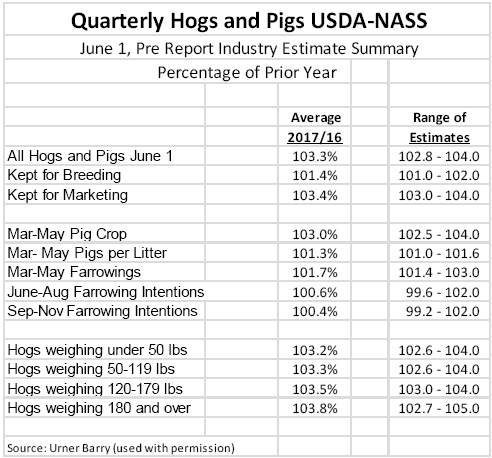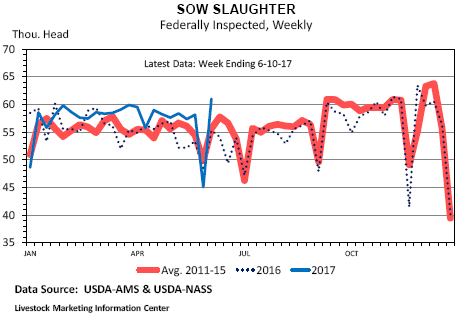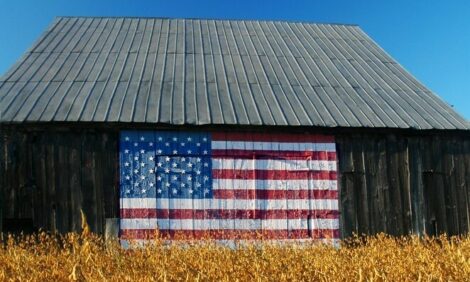



CME: 'Hogs and Pigs' Reports Expected to Show Herd Growth
US - UDSA’s National Agricultural Statistics Service (NASS) will release their Quarterly "Hogs and Pigs" report this Thursday, reports Steiner Consulting Group, DLR Division, Inc.Today, we will discuss what the industry analysts expectations are for that report (as complied by Urner Barry). First, we remind readers, that the most important data evaluated by analysts in making pre report estimates are prior NASS Hogs and Pigs reports.
Other data compiled by USDA agencies also are used, including head harvested and animal imports. Analysts evaluate historical relationships and use reports on the economic performance of the industry (e.g. Iowa State University profitability estimates, which has been discussed in past issues of this newsletter), their knowledge of farmer expansion/construction projects, etc.
Pre-report estimates give one gauge to evaluate if the NASS producer-based survey results are a market "surprise". Thursday’s report will be as of 1 June. A summary of the recent Urner Barry compilation is provided in the accompanying table.

Overall, analysts expect the report to show US herd growth (i.e. all hogs and pigs count increasing), which also was the situation as of 1 June of both 2015 and 2016. There was a sharp year-over-year drop in the 1 June 2014 inventory due to PED virus, which devastated US pig crops. Analysts expect the US herd will total about 71.5 million head, record high as of 1 June.
The US breeding herd is expected to increase 1 per cent to 2 per cent year-over-year (at 6.0 to 6.1 million head). Animals kept for marketing are expected to be up 3 per cent to 4 per cent year-over year to about 65.5 million head.
For the most recent production quarter (March-May), the US pig crop is expected to follow recent trends (up about 3 per cent year-over-year). That increase is because more sows farrowed than a year ago and additional pigs were weaned per litter.
Sow slaughter has been running above 2016’s levels (see provided weekly graphic). For market analysts, estimating the number of young female animals (gilts) actually being raised for the breeding herd and to be farrowed in the future is always a bit of a challenge.

On average, note that analysts expect rather modest year-over-year growth in farrowing’s for the next two quarters (farrowing intentions June-August and September-November). Of course, farrowing intentions are reported by producers and reflect their plans on the date they were surveyed.
The last set of numbers in the table provides a breakdown of hog weight categories that make-up the number of hogs designated as "kept for marketing" (shown in the third line of the table).






